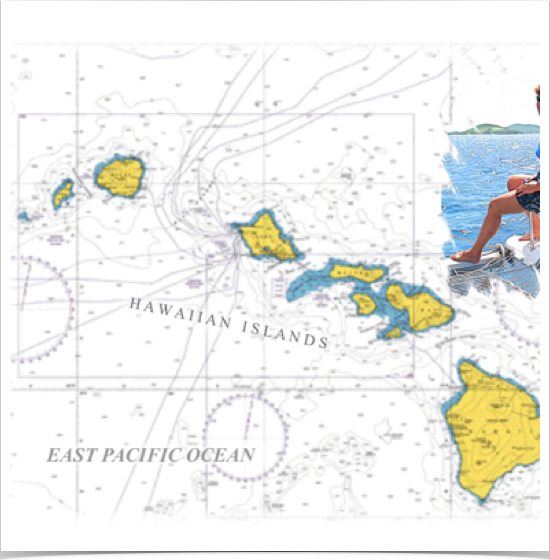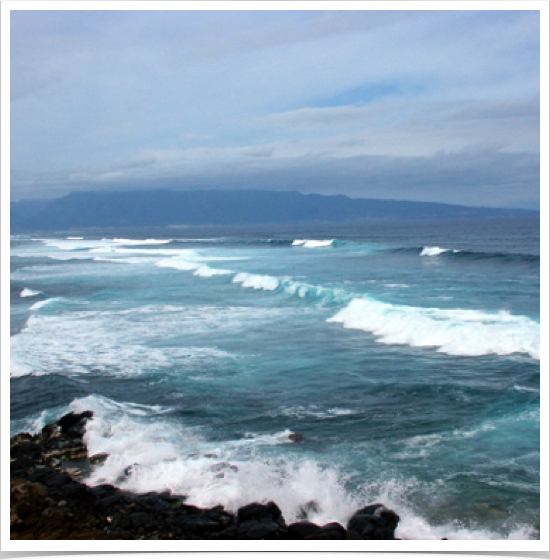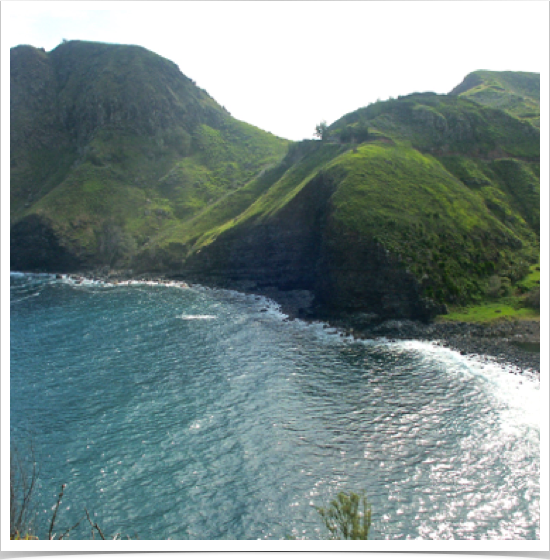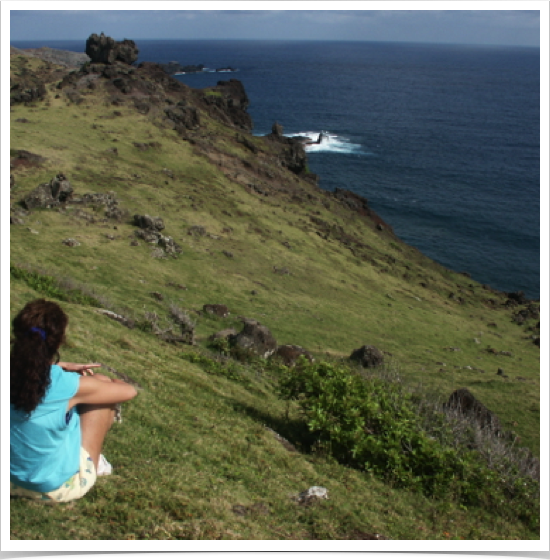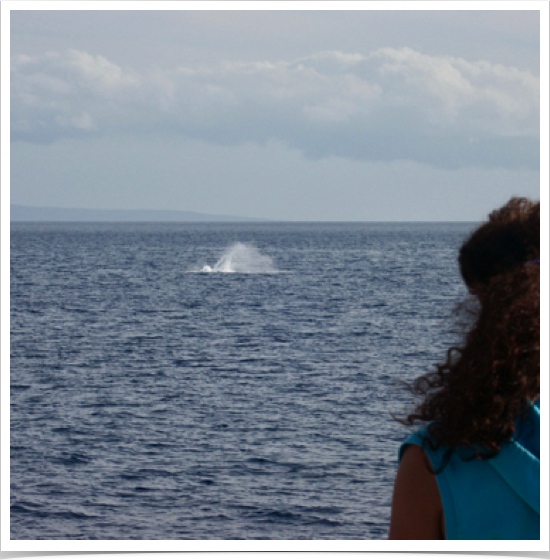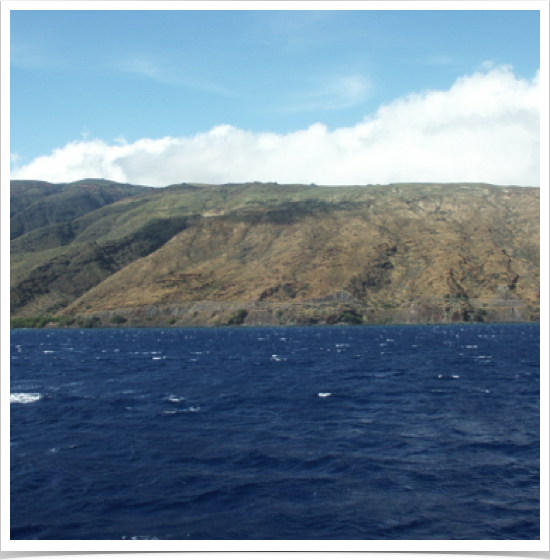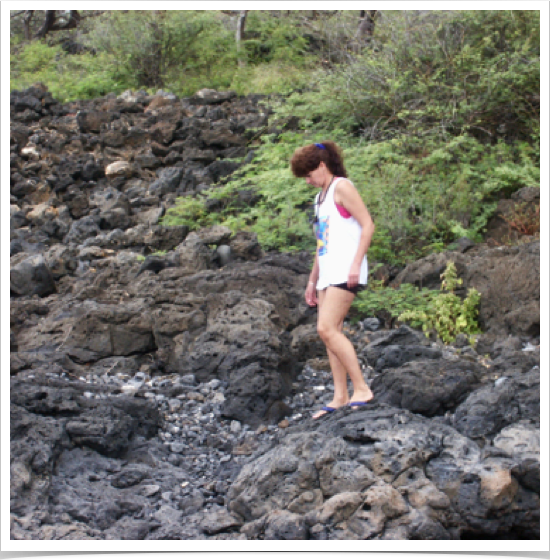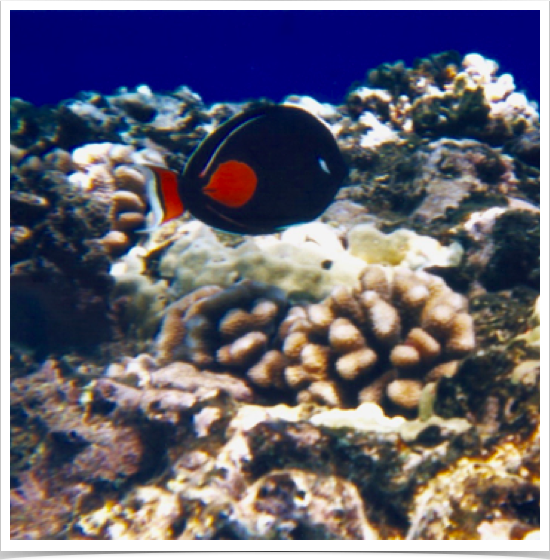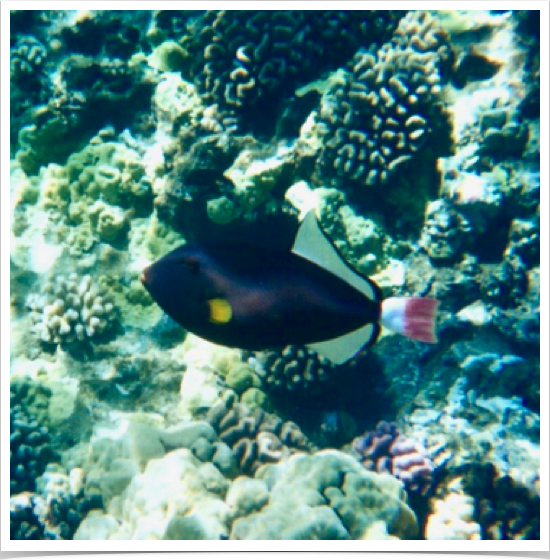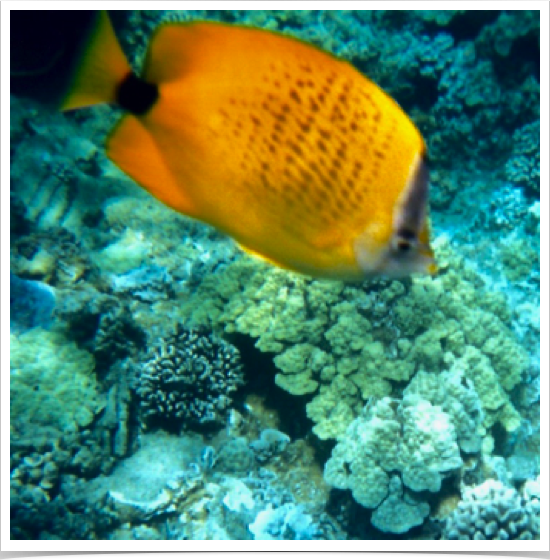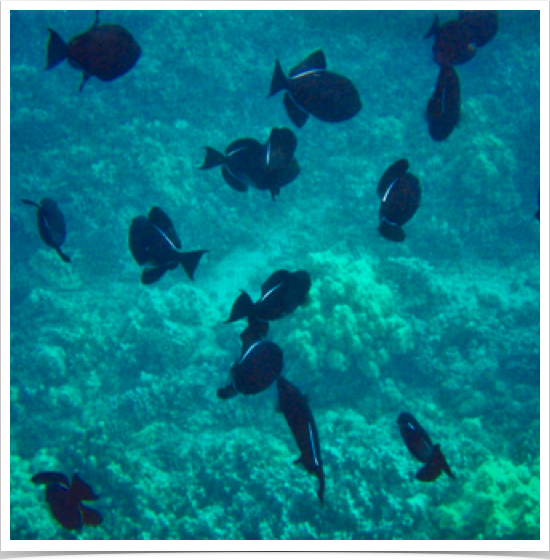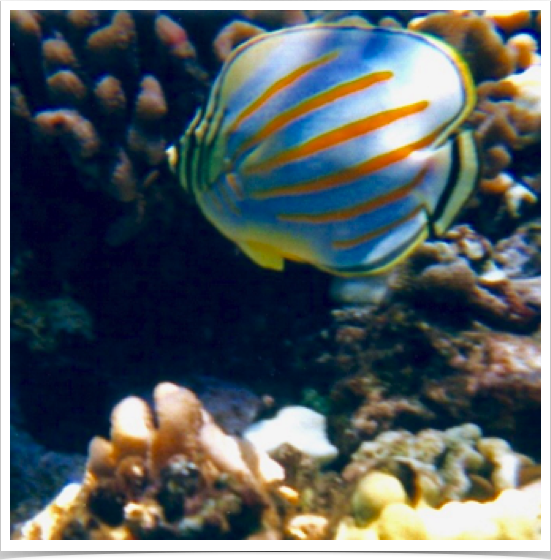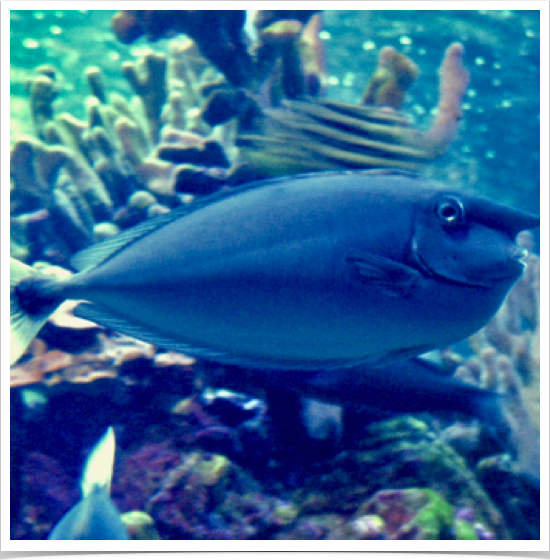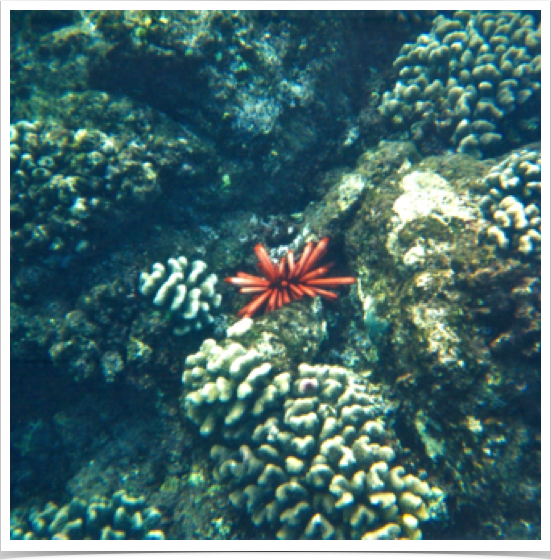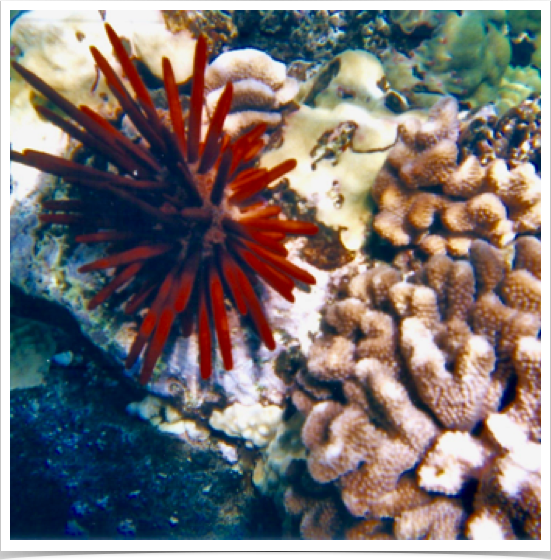CENTRAL PACIFIC
The Hawaiian archipelago is a group of volcanic islands in the central Pacific Ocean - formed by volcanic activity initiated at an undersea magma source called the Hawaii hotspot. The extant main islands of the archipelago have been above the surface of the ocean for fewer than 10 million years. Because the islands' isolated location - being distant from other land habitats, life is thought to have arrived there by wind, waves, ocean currents, and migratory sea birds. In combination with the diverse environment including extreme altitudes, tropical climates, and arid shorelines, these circumstances allowed for the evolution of new endemic flora and fauna.
Despite a high level of endemism, Hawaii’s marine life and coral reefs are low in biodiversity compared to the central Indo-Pacific region. Hawaii's number of inshore fish species is estimated to be 680, considerably less than the 1,400 in Micronesia and 2,000 in the Philippines.
Dr. Alshuth studied the biodiversity of Hawaiian coral reefs and nearshore communities in 2002 - exploring shores and diving the reefs of Maui, Lānaʻi and Moloka’i, and Molokini's impressive scleractinian coral gardens.
Click on any picture below to start slide show.
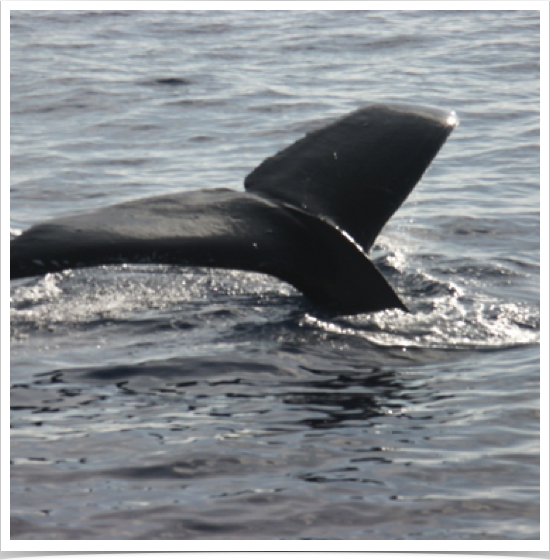
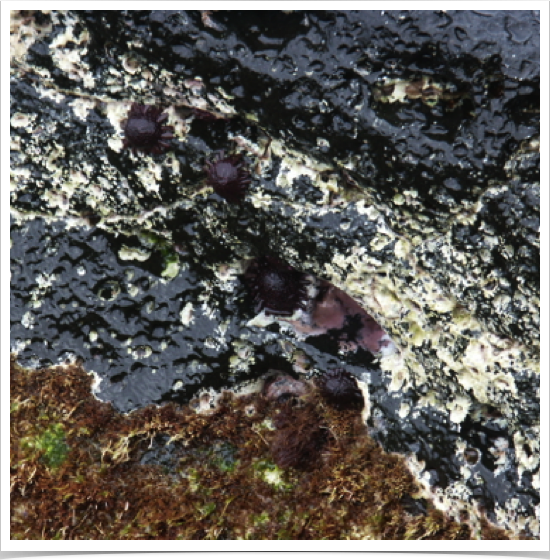
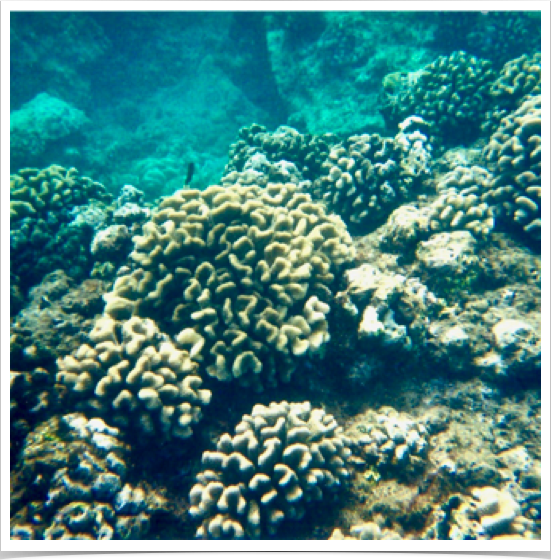
HAWAIIAN ISLANDS ARCHIPELAGO
Home / Your Professor / Biography / Research / Expeditions / Tropical Oceans & Seas Expeditions / Indo-Pacific Expeditions / Hawaii
